12 Jyotirlingas of India: A Spiritual Journey to Shiva’s Sacred Shrines | Crazy Hodophile | 2025
India is a land with a deep spiritual heritage, filled with sacred places that carry a divine presence. Among them, the 12 Jyotirlingas are considered the most sacred symbols of Lord Shiva. These holy shrines are believed to be self-manifested forms of Shiva, appearing as a radiant column of light (Jyotirlinga). This comprehensive guide will take you on a virtual journey to each of these powerful sites, explaining their significance and history, as well as how to plan your own pilgrimage.
Table of Contents
What are Jyotirlingas?
Before we delve into the individual temples, let’s understand what a Jyotirlinga is. The word “Jyotirlinga” is a combination of two Sanskrit words: “Jyoti” meaning ‘light‘ or ‘radiance‘ and “Linga” representing the ‘formless form of Lord Shiva’. Legend says that Lord Shiva appeared as a fiery column of light at these 12 locations to settle a dispute between Lord Brahma and Lord Vishnu about their supremacy. This cosmic pillar of light had no beginning or end, symbolizing the infinite nature of Shiva. Eventually, the intensity of the light cooled, and Shiva manifested as a Linga at each of these spots, making them incredibly powerful centers of spiritual energy.
The 12 Jyotirlingas
Now, let’s embark on our virtual pilgrimage to each of the 12 Jyotirlingas:
Somnath Temple (Gujarat)
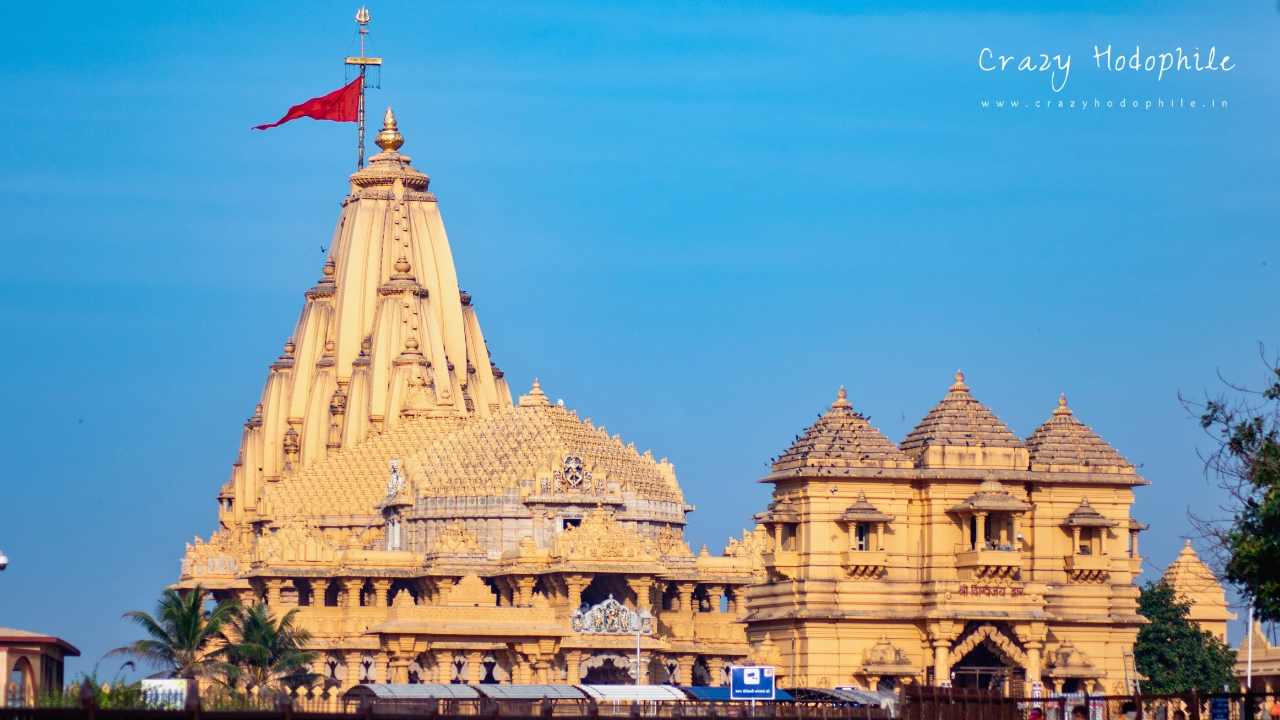
- Location: Prabhas Patan, near Veraval, Gujarat.
- Significance: Believed to be the first Jyotirlinga, Somnath is known as the Eternal Shrine due to its resilience against repeated destruction by invaders. The present temple, rebuilt in Chalukya style, is a testimony to the unwavering faith of Mahadev’s devotees.
- Legend: The legend of Somnath is intertwined with the story of Chandra, the moon god. Chandra was cursed by his father-in-law, Daksha, to lose his brilliance. Devastated, Chandra sought the blessings of Lord Shiva, who appeared in the form of a Jyotirlinga at Prabhas Patan. By worshipping Shiva with utmost devotion, Chandra regained his lost radiance. The name ‘Somnath,’ which translates to ‘Lord of the Moon,’ reflects the significance of this legend.
- How to Reach: The nearest airport is Keshod (68 km) and Diu (80 km), and the nearest railway station is Veraval (8 km).
Mallikarjuna Temple (Andhra Pradesh)
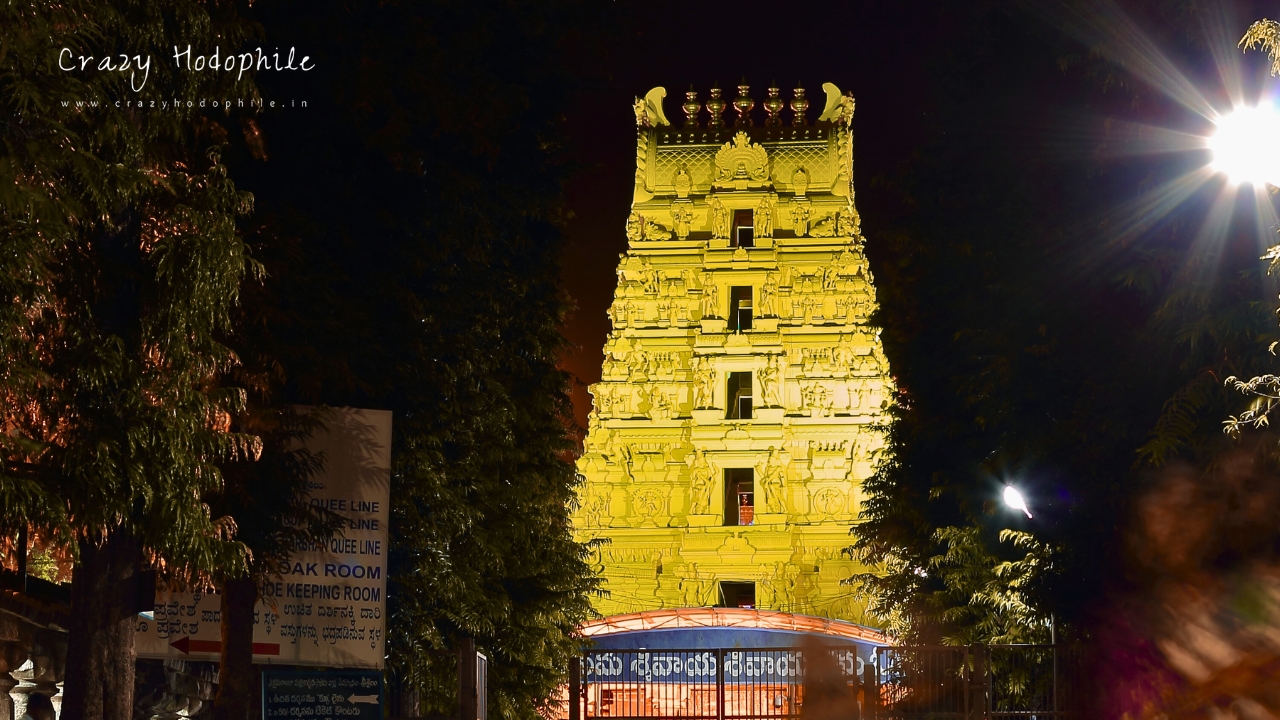
- Location: Srisailam, Andhra Pradesh.
- Significance: Situated on a hilltop overlooking the Krishna River, this Jyotirlinga is unique because it combines the power of both Shiva (Mallikarjuna) and Parvati (Bhramaramba). It is also recognized as one of the sacred Shakti Pithas.
- Legend: Lord Shiva and Goddess Parvati set a challenge for their sons, Ganesha and Kartikeya, to decide who would marry first. Kartikeya embarked on a journey around the world, while Ganesha, with wisdom and devotion, circumambulated his parents, recognizing them as the essence of the universe. Moved by Ganesha’s wisdom, Shiva and Parvati honored him as the winner. Upset, Kartikeya left for Kraunch Mountain. When Shiva and Parvati tried to console him, he refused to meet them. Saddened, they chose to stay in Srisailam as Mallikarjuna (Shiva) and Bhramaramba (Parvati), giving rise to the sacred Mallikarjuna Jyotirlinga, a symbol of their eternal love and compassion.
- How to Reach: The nearest airport is Rajiv Gandhi International Airport, Hyderabad (200 km), and the nearest railway station is Markapur Road (85 km).
Mahakaleshwar Temple (Madhya Pradesh)
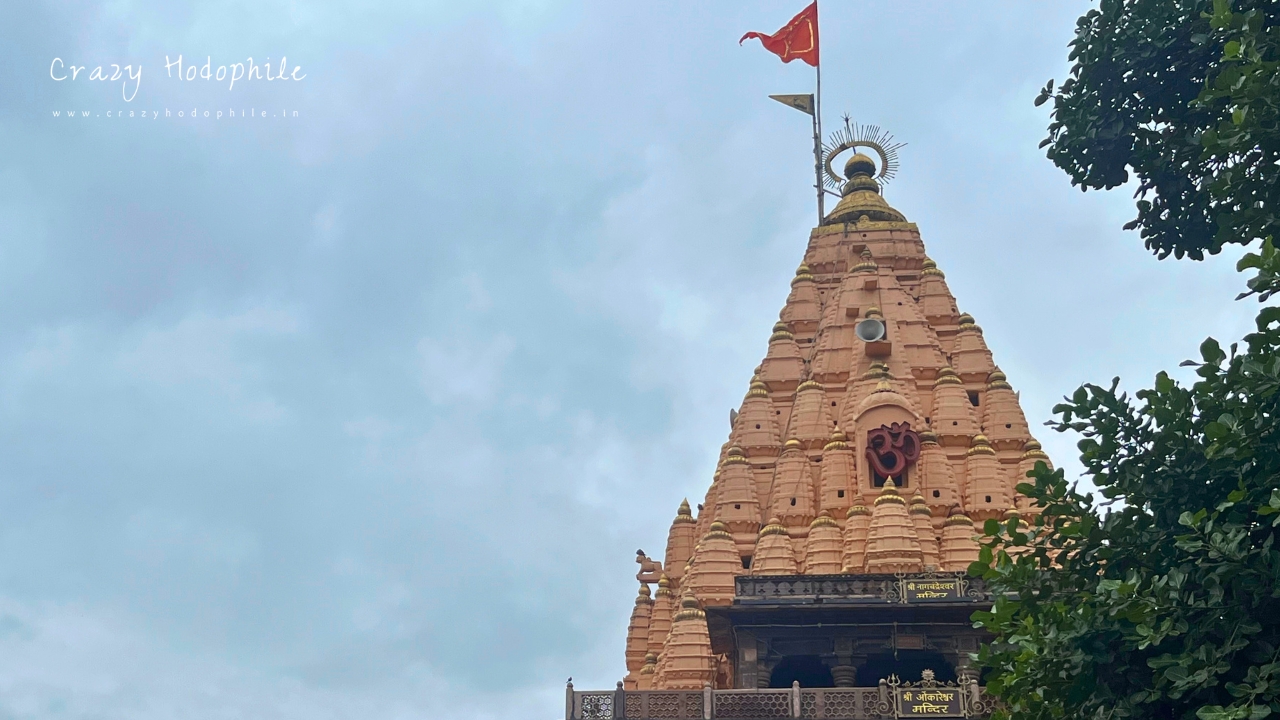
- Location: Ujjain, Madhya Pradesh.
- Significance: This Jyotirlinga is unique as it is the only one facing south (Dakshinamukhi), representing death and the cycle of time. The temple is famous for its Bhasma Aarti (ash ritual), where sacred ash is offered to the deity, which is a mesmerizing and deeply spiritual ritual.
- Legend: In ancient times, Ujjain, once known as Avantika, was a spiritual and learning hub. A devout Brahmin named Shrikhar lived there with his son. The region was troubled by the demon king Dushan, who harassed Shiva’s devotees and disrupted rituals. The Brahmin and other sages prayed to Lord Shiva for protection. Moved by their devotion, Shiva appeared in his fierce form destroyed Dushan, and manifested as a Jyotirlinga. He chose to stay in Ujjain as Mahakaleshwar, the ruler of time and death.
- How to Reach: The nearest airport is Devi Ahilya Bai Holkar Airport in Indore, located 60 km away, and the nearest railway station is in Ujjain.
Omkareshwar Temple (Madhya Pradesh)
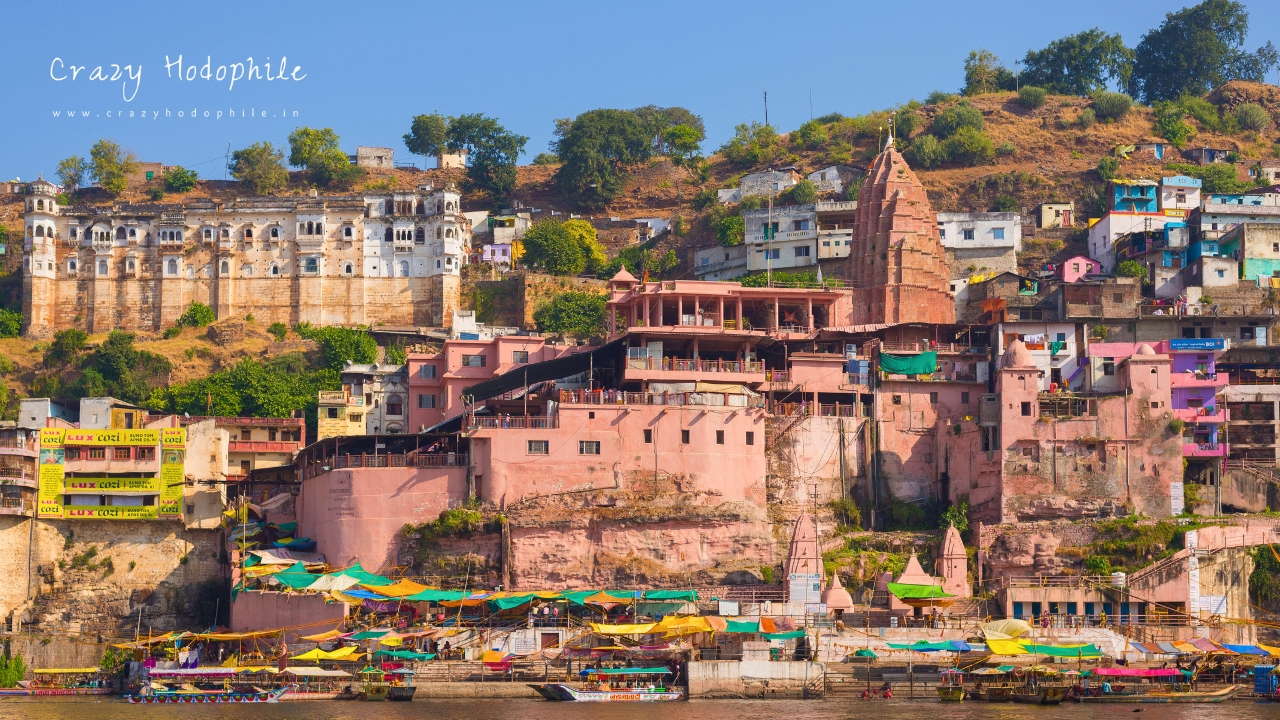
- Location: Mandhata, near Khandwa, Madhya Pradesh.
- Significance: Located on Mandhata Island in the Narmada River, Madhya Pradesh, this sacred site holds immense spiritual significance. The island is shaped like the Om (ॐ) symbol, enhancing its spiritual power. What makes this Jyotirlinga unique is that it is divided into two equally revered shrines: Omkareshwar and Mamleshwar.
- Legend: According to sacred scriptures, in ancient times, there was a great war between the Devas (gods) and Asuras (demons). The demons had grown powerful, causing the Devas to seek Lord Shiva’s help. To protect them, Shiva appeared in the form of a radiant light (Jyotirlinga) on Mandhata Island. The gods worshipped him with deep devotion, and Shiva granted them victory over the demons.
- How to Reach: The nearest airport is Devi Ahilya Bai Holkar Airport, Indore (87 km), and the nearest railway stations are Sanawad Railway Station (13 km) and Omkareshwar Road (14 km).
Kedarnath Temple (Uttarakhand)
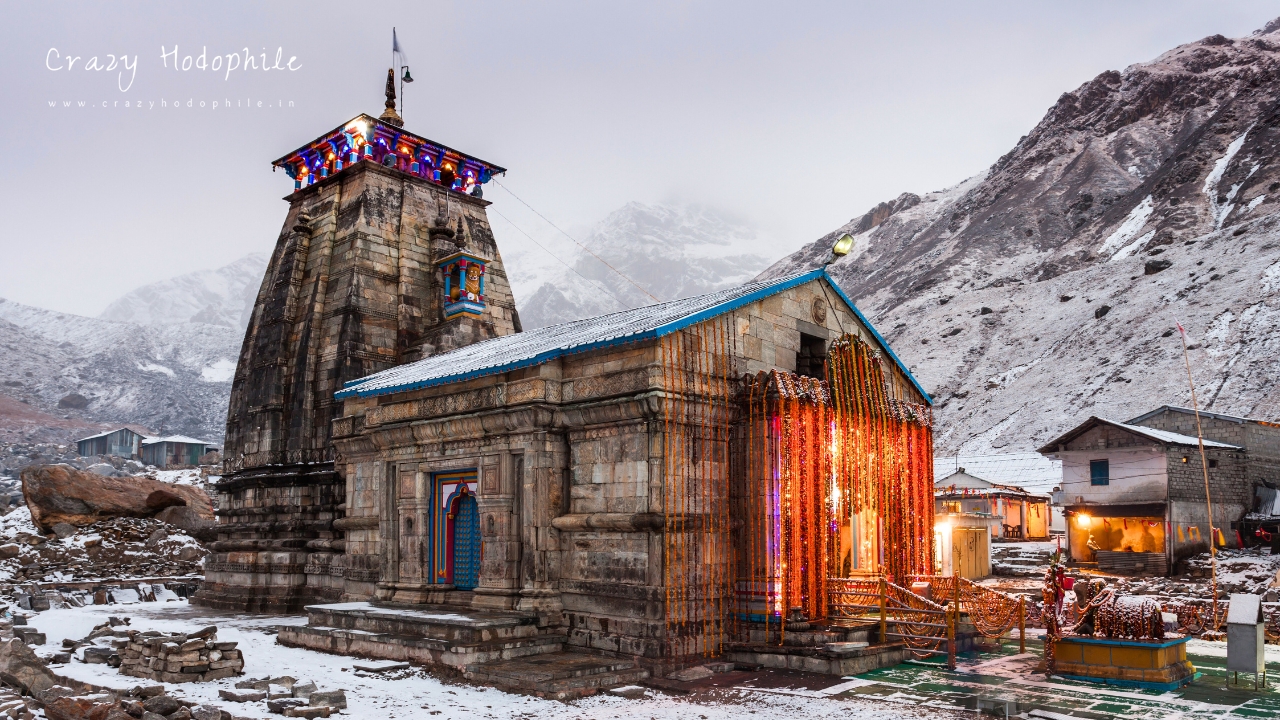
- Location: Kedarnath, Uttarakhand (in the Himalayas).
- Significance: Surrounded by snow-capped peaks, it is considered one of the holiest pilgrimage sites. The temple stands near the Mandakini River and is part of the sacred Char Dham Yatra. Devotees believe that worshipping here grants liberation and spiritual blessings.
- Legends: After the Mahabharata, the Pandavas sought Lord Shiva’s forgiveness for the sins of battle. Shiva, unwilling to meet them, took the form of a bull and hid in Kedarnath. When the Pandavas recognized him, he dived into the ground, leaving his hump behind. The remaining parts appeared at four other locations, forming the Panch Kedar temples. Impressed by their devotion, Shiva blessed them and stayed in Kedarnath as a Jyotirlinga.
- How to Reach: The nearest airport is Jolly Grant Airport, Dehradun, located 238 km away, and the nearest railway station is Rishikesh, 219 km away. From Gaurikund, it is a 16 km trek.
- For all the essential details like dress code, ticket information, how to reach, and much more, visit our blog: Kedarnath Temple
Bhimashankar Temple (Maharashtra)
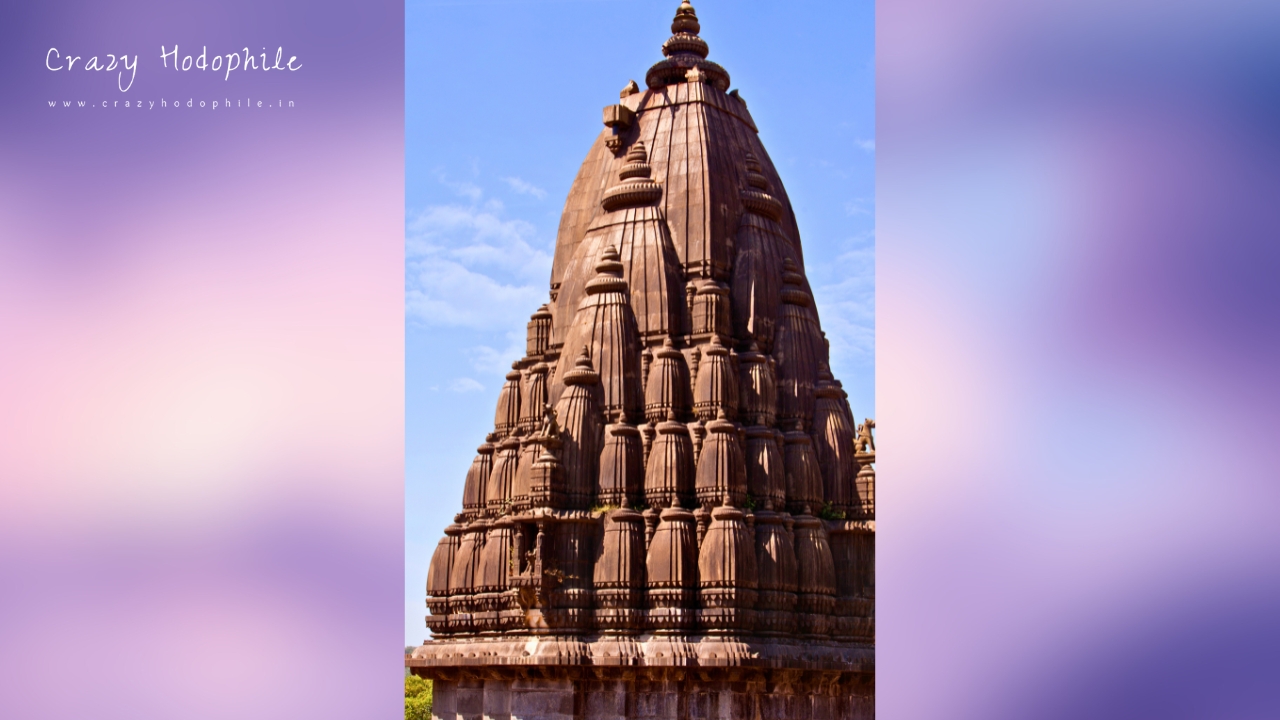
- Location: Bhorgiri, Pune district, Maharashtra.
- Significance: Situated in the dense forests of the Sahyadri Hills, this temple is believed to be the source of the Bhima River. The temple is known for its peaceful atmosphere and is believed to bless devotees with strength, wisdom, and liberation.
- Legends: According to sacred texts, a demon named Bhimasura, son of Kumbhakarna, gained great power through penance and began tormenting sages. He imprisoned Kamarupeshwar, a devoted Shiva follower, and forced him to worship him instead. When Bhimasura tried to kill him, Lord Shiva appeared, destroyed Bhimasura, and blessed his devotee. The gods and sages prayed to Shiva to stay there forever, and he manifested as the Bhimashankar Jyotirlinga.
- How to Reach: The nearest airport is Pune International Airport, located 106 km away, and the nearest railway stations are Lonavala (107 km) and Pune Junction (120 km).
Kashi Vishwanath Temple (Uttar Pradesh)
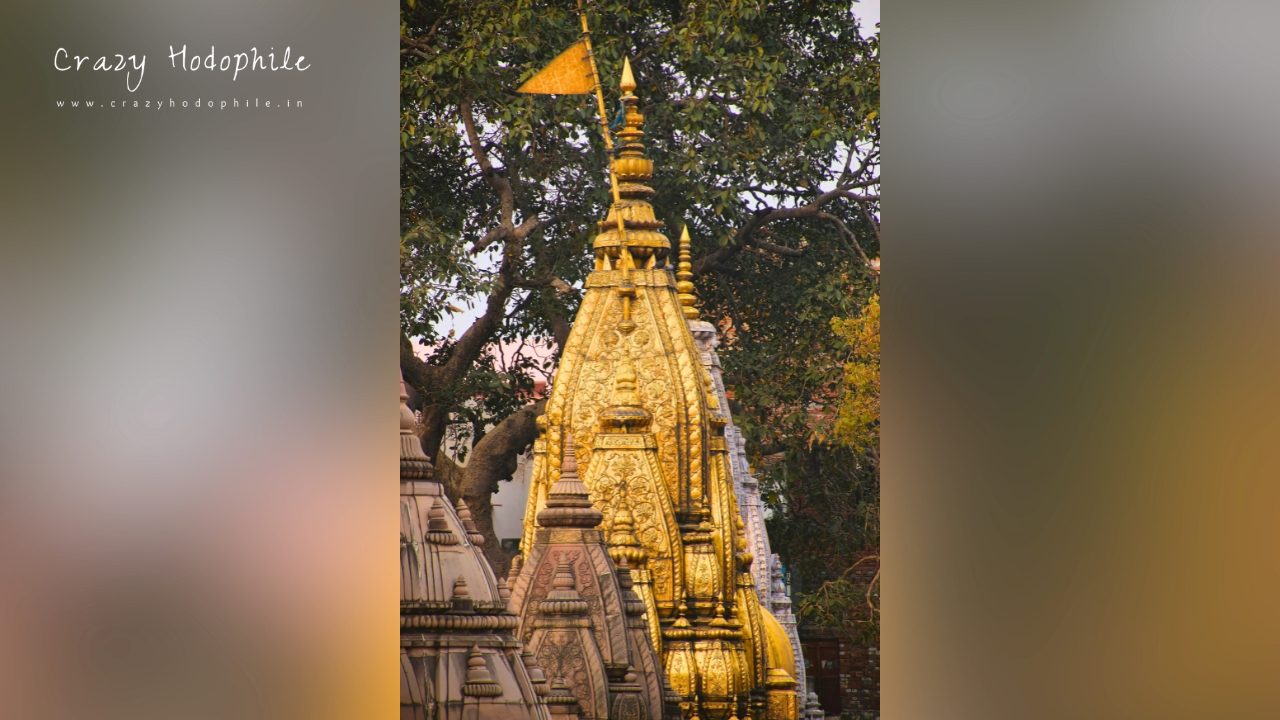
- Location: Varanasi (Kashi), Uttar Pradesh.
- Significance: This Jyotirlinga is one of the most revered in India, situated on the banks of the sacred Ganges. It is believed that those who die in Kashi attain liberation (moksha).
- Legends: According to sacred texts, Lord Shiva himself chose Kashi as his eternal abode. Once, Goddess Parvati expressed her desire to live in a beautiful city, and to fulfill her wish, Shiva created Kashi. The city is believed to be one of the oldest living cities in the world.
- How to Reach: The nearest airport is Lal Bahadur Shastri International Airport, located 26 km away, and the nearest railway station is Varanasi Junction, just 5 km away.
Trimbakeshwar Temple (Maharashtra)
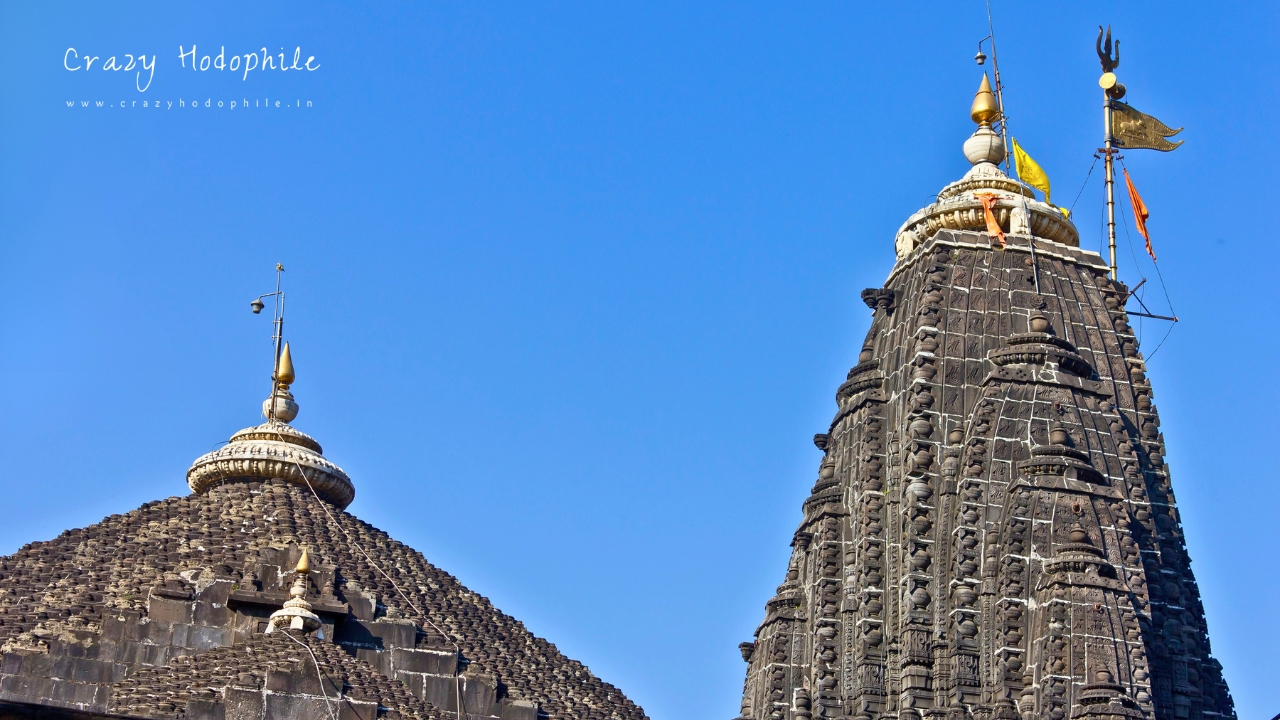
- Location: Trimbak, Nashik district, Maharashtra.
- Significance: It is uniquely known for housing three lingas representing Brahma, Vishnu, and Shiva, symbolizing the Trinity of Hinduism. The temple is also the starting point of the Godavari River, making it a highly respected pilgrimage site. Many visitors come here to perform Pind Daan, a ritual for the salvation of their ancestors, and to seek blessings for spiritual growth and well-being. The temple’s peaceful atmosphere and deep spiritual meaning make it an important place for devotees.
- Legend: According to sacred texts, Sage Gautama Rishi performed deep penance in the sacred Brahmagiri Hills, seeking Lord Shiva’s blessings. Pleased with his devotion, Shiva requested Goddess Ganga to descend as the Godavari River, purifying the land. He then manifested as Trimbakeshwar Jyotirlinga, blessing the sage and declaring that those who worship here with a pure heart will be freed from sins and attain moksha, the path to eternal liberation.
- How to Reach: The nearest airport is Nashik Airport (30 km away), and the nearest railway station is Nashik Road (28 km away).
Vaidyanath Temple (Jharkhand)

- Location: Deoghar, Jharkhand.
- Significance: Also known as Baba Baidyanath Dham. It is believed to be a powerful center of healing and spiritual liberation, where Lord Shiva is worshipped as the Divine Physician (Vaidya). People from all walks of life visit this temple with faith, seeking relief from ailments and suffering. The energy of this divine space offers not only physical healing but also a pathway to inner peace and liberation, making it a beacon of hope for countless souls.
- Legend: According to sacred texts, Ravana, the mighty ruler of Lanka and a great devotee of Lord Shiva performed intense penance to obtain the Jyotirlinga. As a mark of his devotion, he even offered his ten heads to Shiva. Pleased by his dedication, Shiva granted him the Jyotirlinga but warned that it should not touch the ground until it reached Lanka. However, he was unable to do so, and it remained in Deoghar. The name Vaidyanath means “Lord of Physicians.“
- How to Reach: The nearest airport is Deoghar Airport (9 km), while the nearest railway station is Jasidih Junction (8 km).
Nageshwar Temple (Gujarat)
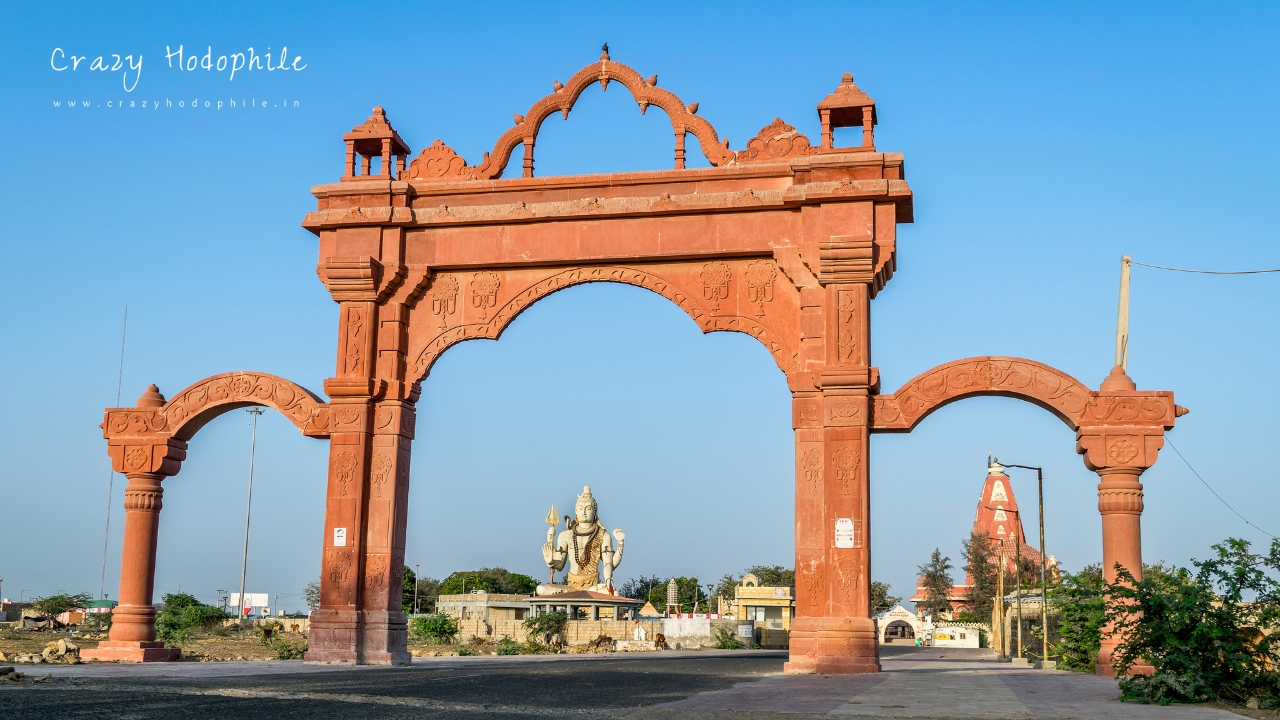
- Location: Dwarka, Gujarat.
- Significance: The name Nageshwar means “Lord of the Serpents,” symbolizing Shiva’s connection with cosmic energy and protection from negative forces. Devotees believe that worshipping here removes fears, protects from evil, and grants strength and wisdom. The temple is known for its massive Shiva statue and its serene surroundings, making it a powerful spiritual destination. It is also closely associated with Lord Krishna, who is believed to have worshipped Shiva at this site.
- Legend: As per sacred texts, a Shiva devotee named Supriya lived in this region, which was once ruled by a powerful and wicked ruler named Daruka. He had captured many devotees and kept them in prison, preventing them from worshipping Lord Shiva. Supriya, however, remained devoted and encouraged others to chant “Om Namah Shivaya.” Enraged, Daruka tried to punish her, but Lord Shiva appeared as a radiant Jyotirlinga and destroyed the evil forces. After this, Shiva promised to stay there as Nageshwar Jyotirlinga, protecting his devotees from harm.
- How to Reach: The nearest airport is Jamnagar Airport (130 km), while the nearest railway station is Dwarka Railway Station (16 km).
Rameshwaram Temple (Tamil Nadu)
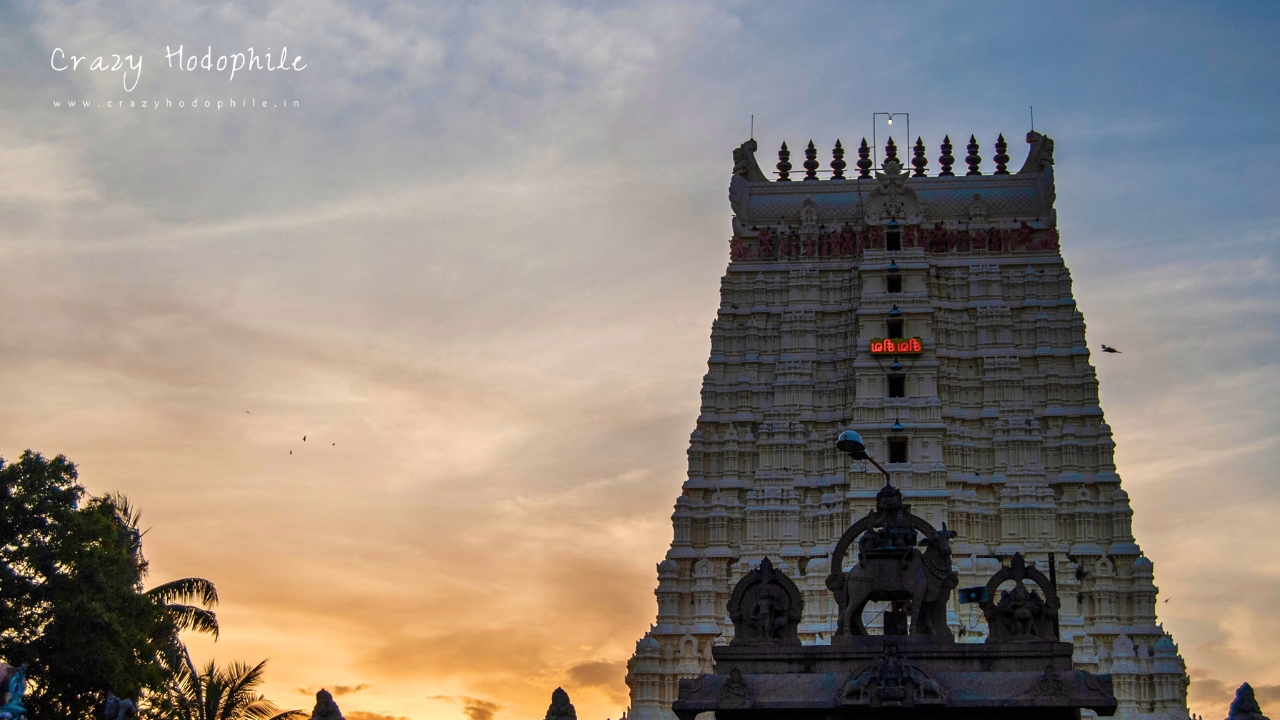
- Location: Rameswaram, Tamil Nadu.
- Significance: Nestled on the sacred Pamban Island, this Jyotirlinga holds a deep connection with Lord Rama, making it truly unique. The name Rameshwaram means “Lord Rama’s Ishwar (God).” As one of the revered Char Dham pilgrimage sites, it is believed to cleanse devotees of their sins and guide them toward spiritual liberation. Before stepping into the sanctum, pilgrims purify themselves by bathing in the 22 holy wells (teertham) within the temple complex, a ritual symbolizing inner and outer purification.
- Legend: According to sacred scriptures, after Lord Rama defeated Ravana, the sages advised him to worship Lord Shiva to atone for Brahmahatya dosha (the sin of killing a learned Brahmin). Following their guidance, Rama decided to establish a Shiva Lingam on Rameshwaram Island. Since there was no Shiva Lingam nearby, Mata Sita made one from sand, known as the Ramanathaswamy Lingam. Meanwhile, Rama sent Hanuman to Mount Kailash to bring a Jyotirlinga. As Hanuman took longer to return, Rama completed his prayers with the sand Lingam. When Hanuman arrived with the original Jyotirlinga, Rama honored both and placed them side by side. Even today, both lingams are worshipped in the temple, and it is believed that devotees must first pray to Hanuman before offering prayers to Lord Shiva.
- How to Reach: The nearest airport is Madurai Airport (180 km away), and the nearest railway station is Rameswaram Railway Station (2 km away).
Grishneshwar Temple (Maharashtra)
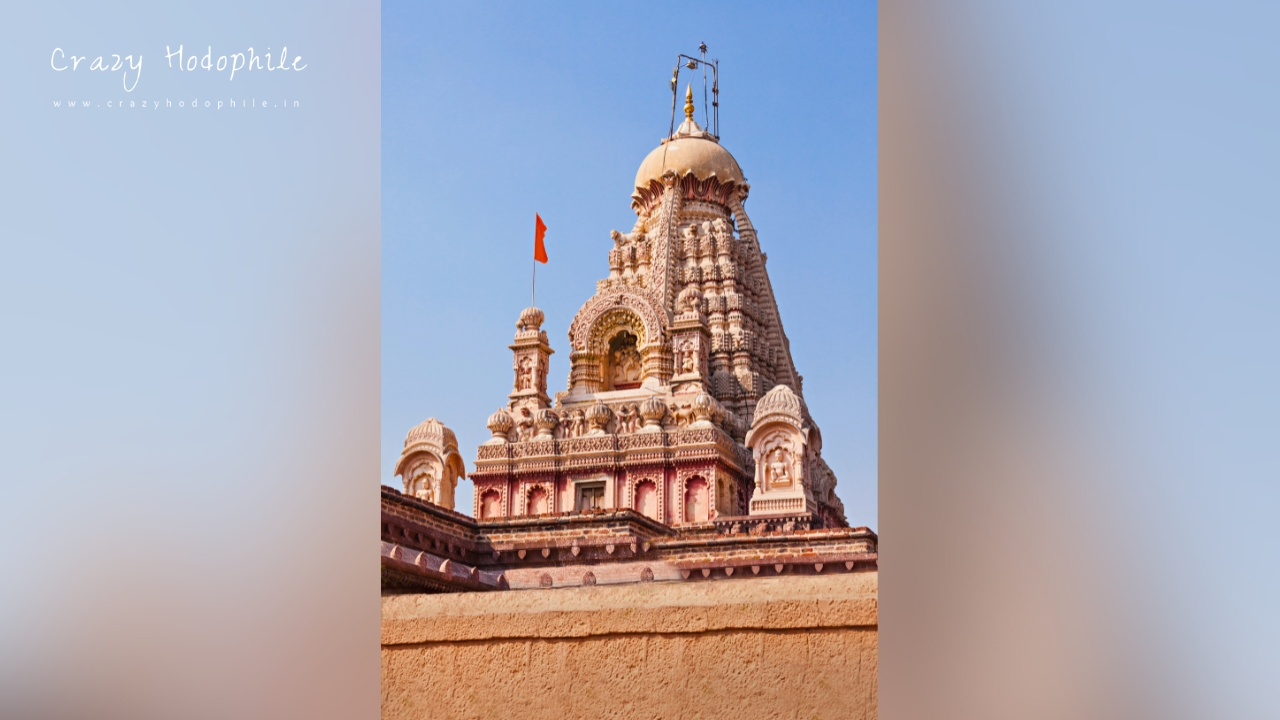
- Location: Ellora, Maharashtra.
- Significance: Located near Ellora Caves in Maharashtra, the Grishneshwar Jyotirlinga, also known as Ghushmeshwar Temple, Ghrneshwar, and Grushneshwar, is the last of the 12 sacred Jyotirlingas of Lord Shiva. This temple, built with red volcanic stone, radiates divine energy and is of deep spiritual significance. Worshipping here with devotion is believed to bring peace, prosperity, and liberation from the cycle of birth and death.
- Legend: According to sacred scriptures, the story revolves around a devoted woman named Ghushma. She worshipped Lord Shiva with unwavering faith, making a Shiva Linga daily and offering her prayers. However, in an act of jealousy, her sister killed her son. Despite her immense sorrow, Ghushma did not waver in her devotion and continued her prayers with steadfast faith. Pleased by her devotion, Lord Shiva appeared, restored her son to life, and, at her request, manifested himself as the Grishneshwar Jyotirlinga, making the site eternally sacred for his devotees.
- How to Reach: The nearest airport is Aurangabad Airport (36 km), and the nearest railway station is Aurangabad Railway Station (30 km).
Planning Your Jyotirlinga Yatra
Embarking on a pilgrimage to the 12 Jyotirlingas is a deeply personal and transformative experience. Here are a few tips for planning your yatra:
- Research: Thoroughly research the location, history, and significance of each Jyotirlinga.
- Best Time to Visit: Consider the climate and festivals when planning your trip.
- Accommodation: Book your accommodation in advance, especially during peak season.
- Transportation: Plan your transportation carefully, considering the distances between the different Jyotirlingas.
- Dress Code: Dress modestly and respectfully when visiting the temples.
- Offerings: Prepare your offerings (flowers, fruits, etc.) in advance.
- Respect Local Customs: Be mindful of local customs and traditions.
- Health Precautions: Carry essential medicines and stay hydrated, especially during long journeys.
Conclusion
The 12 Jyotirlingas are not just temples; they are powerful energy centers that have resonated with devotion and spiritual significance for centuries. A pilgrimage to these sacred sites is a journey of self-discovery, a chance to connect with the divine, and an experience that will stay with you forever. Plan your trip, embrace the journey, and allow the divine energy of Lord Shiva to transform you. Start planning your spiritual adventure today!

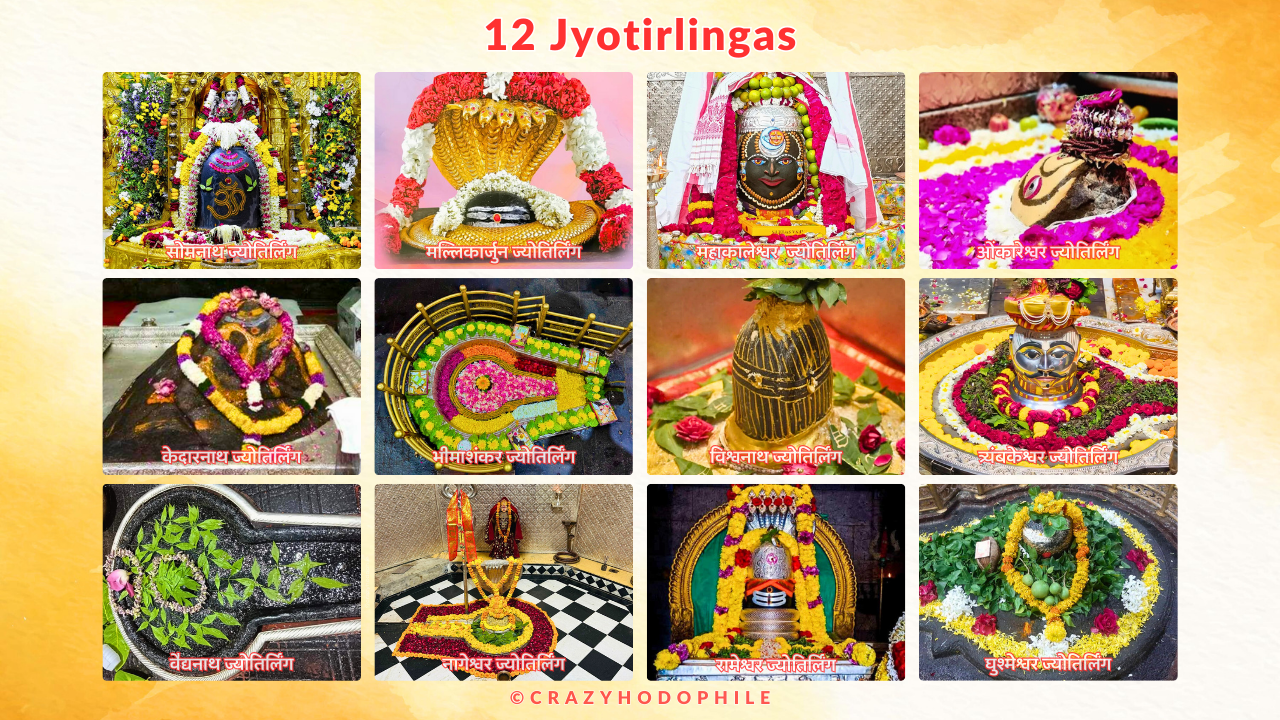
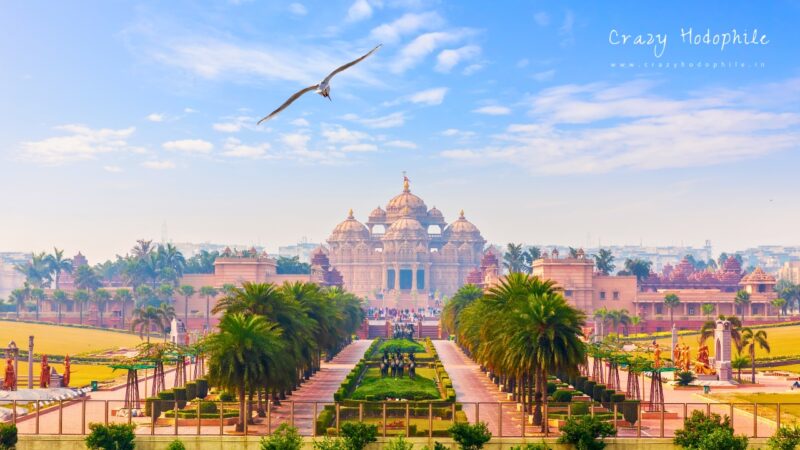
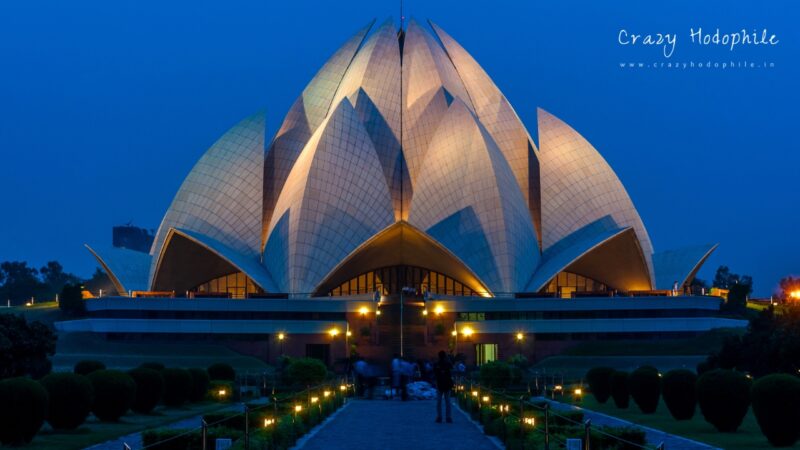
Good work sharma sahab.
Dhanyawad bhaisahab 🙏🏻